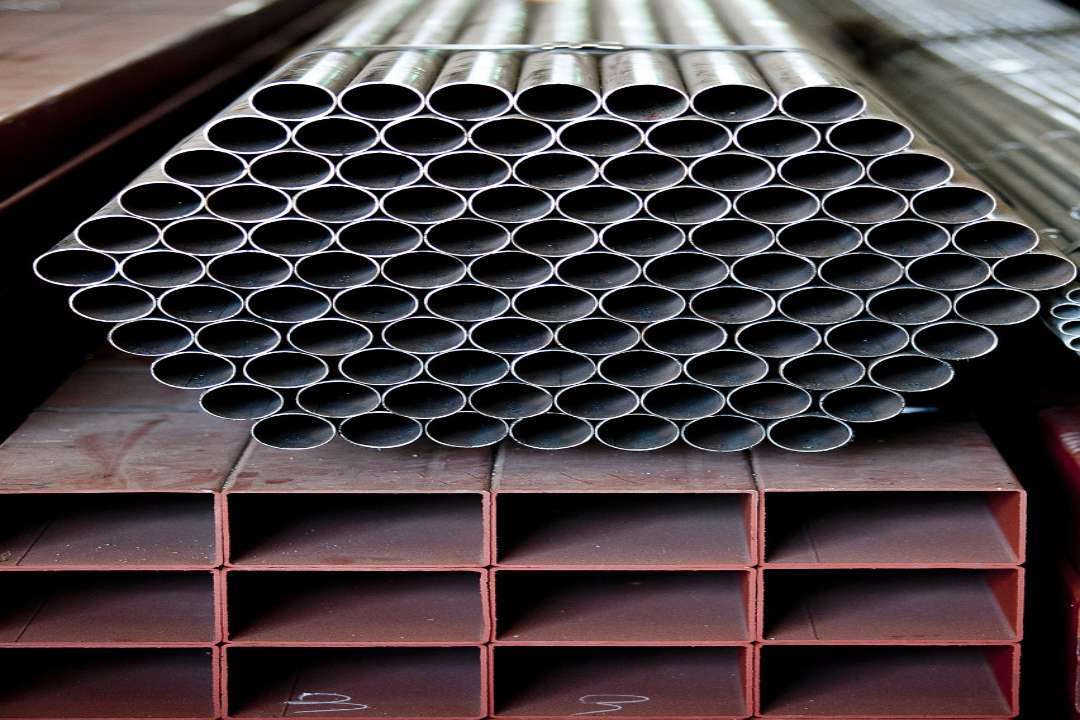The recent enforcement of a new mining cess by certain states, following a Supreme Court ruling, is expected to introduce significant challenges for the domestic steel industry by further intensifying cost pressures, as highlighted by rating agency ICRA. On August 14, the Supreme Court confirmed the authority of states to impose taxes on mineral rights and mineral-bearing lands, while also granting states the right to seek refunds of royalty payments dating back to April 1, 2005.
This ruling is anticipated to compress operating margins across the steel sector, with both primary and secondary producers likely to be affected, ICRA stated in a recent note. According to the agency, the margins of primary steel producers could shrink by 60 to 180 basis points, whereas secondary steel producers might face a more pronounced impact, with margin reductions ranging from 80 to 250 basis points, depending on various scenarios where cess rates could fluctuate between 5 and 15 percent.
The power sector, which relies heavily on coal, is also expected to experience an increase in supply costs by 0.6 to 1.5 percent, a rise that could potentially lead to higher retail electricity tariffs. Additionally, primary aluminum producers, known for their significant power consumption, are anticipated to feel the effects of these increased costs.
“The implementation of the new mining cess by key mineral-rich states is likely to escalate cost pressures within the steel industry,” commented Girishkumar Kadam, Senior Vice-President and Group Head of Corporate Sector Ratings at ICRA. “Although most states have not yet finalized the cess rates, any substantial cess imposed could severely impact margins, particularly for secondary steel producers, as merchant miners are expected to pass on these increased costs,” he added.
ICRA’s analysis suggests that the recent Supreme Court decision has brought renewed attention to the Orissa Rural Infrastructure and Socio-Economic Development Act, 2004 (ORISED), which allows for a 15 percent cess on iron ore and coal. Should this act be fully enforced, it could lead to an 11 percent increase in the landed cost of iron ore, thereby directly undermining the cost competitiveness of domestic steel producers.
In a related development, the Jharkhand government recently introduced a hike of Rs 100 per tonne on iron ore and coal, setting a potential precedent for other states to follow. While this increase is expected to have a relatively minor impact on the operating margins of steel producers, it could still result in a reduction of 30 to 40 basis points.
The ongoing changes in the regulatory landscape, particularly the enforcement of mining cesses, are poised to reshape the cost structure of the steel industry, with varying degrees of impact across different segments of the industry. As states continue to establish their cess rates, the domestic steel sector may need to brace for tighter margins and increased financial pressures in the near future.







